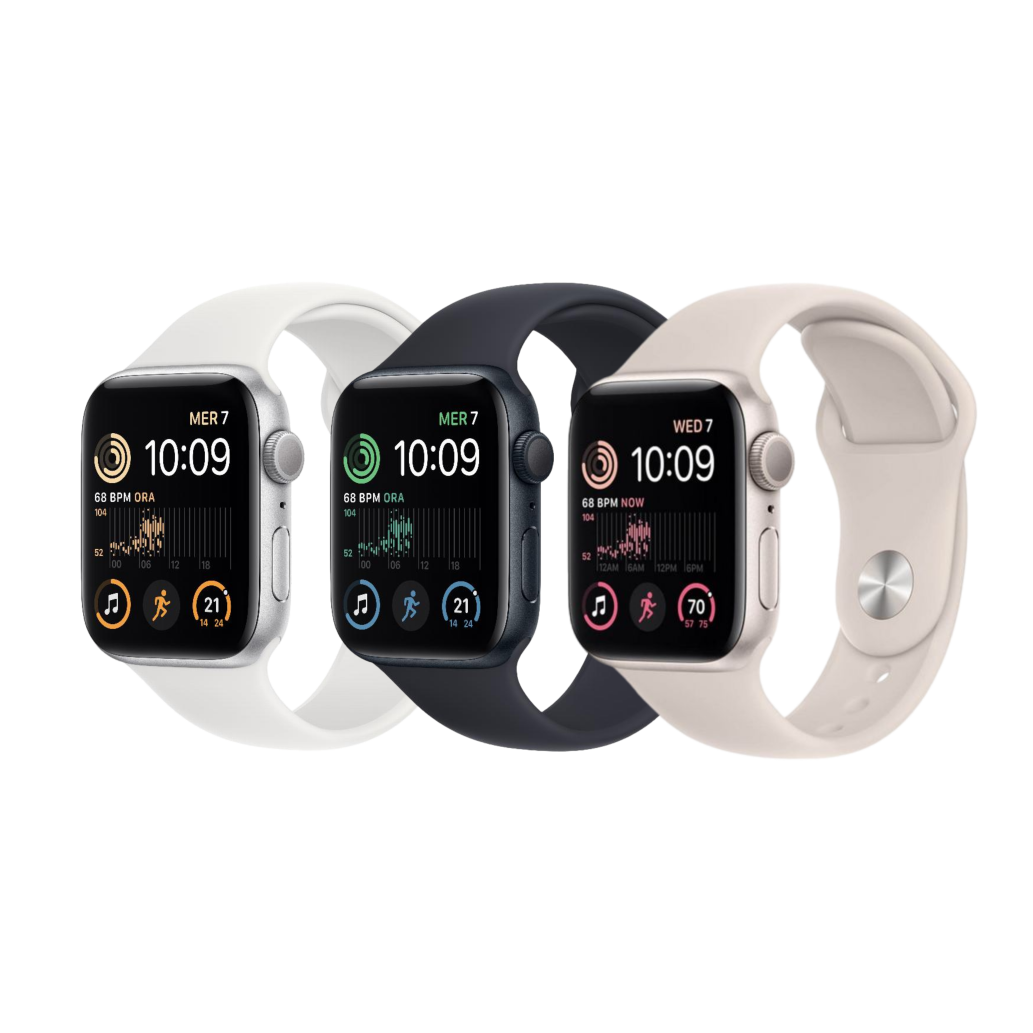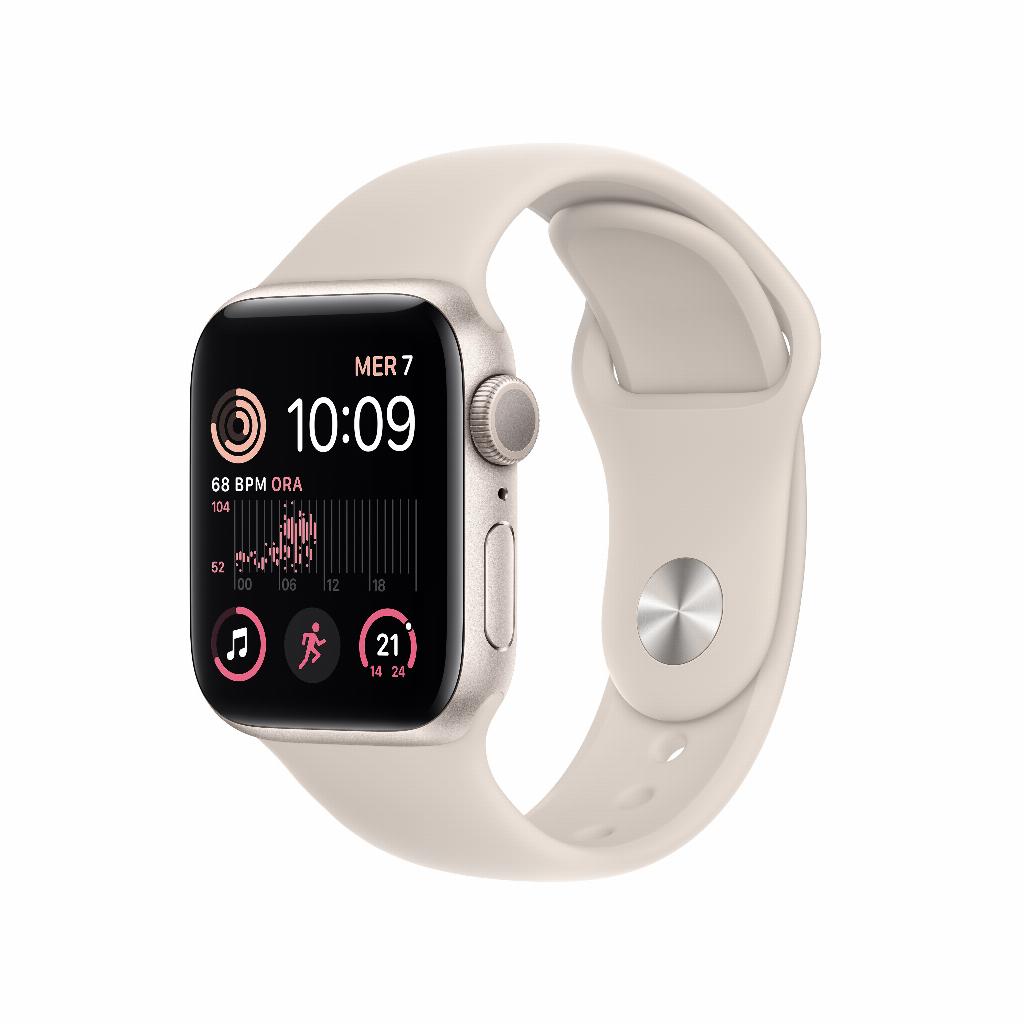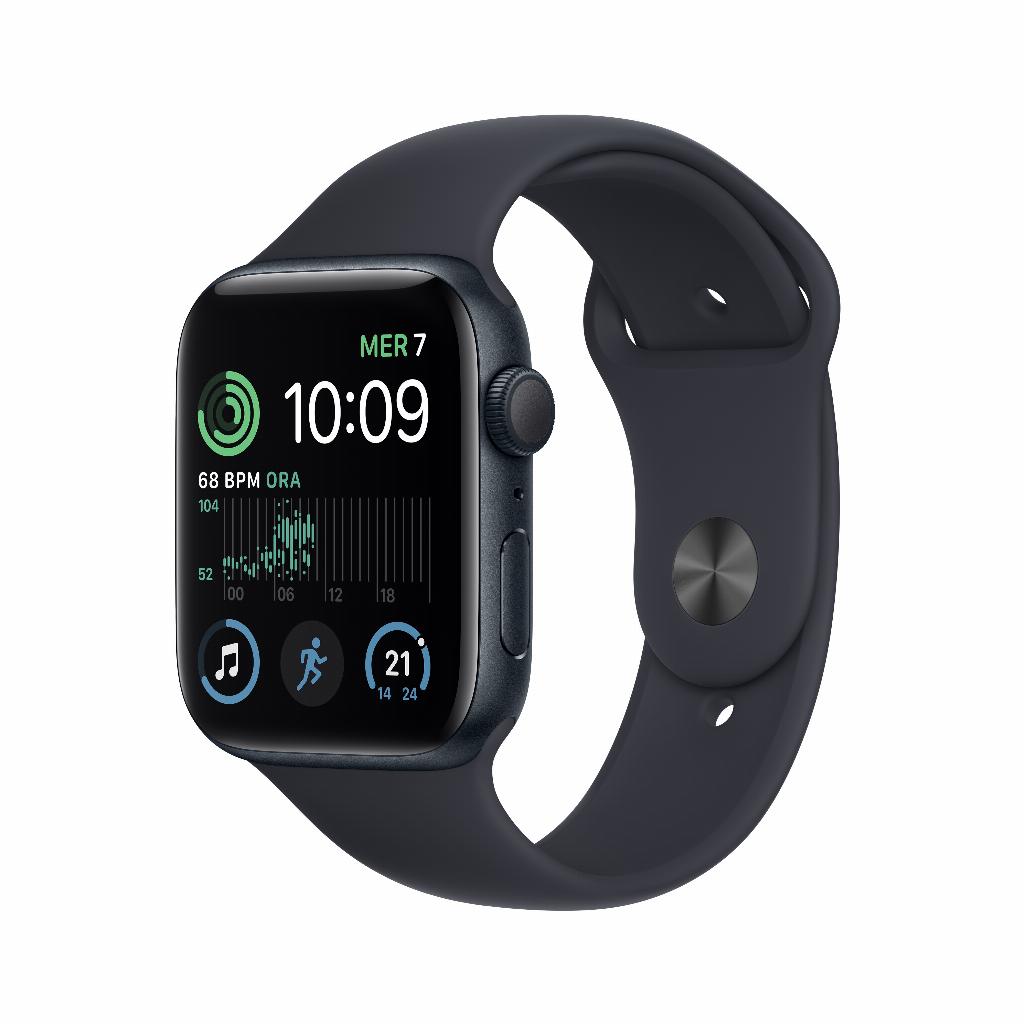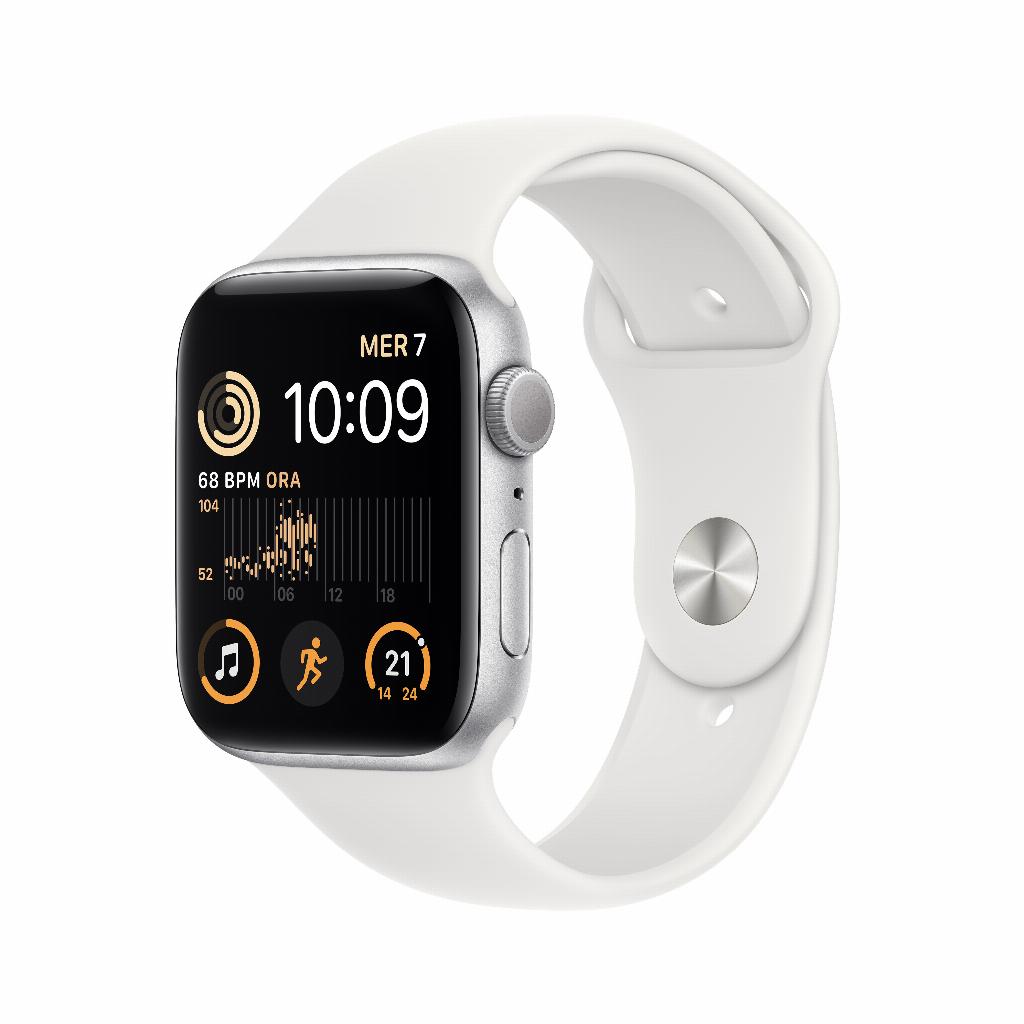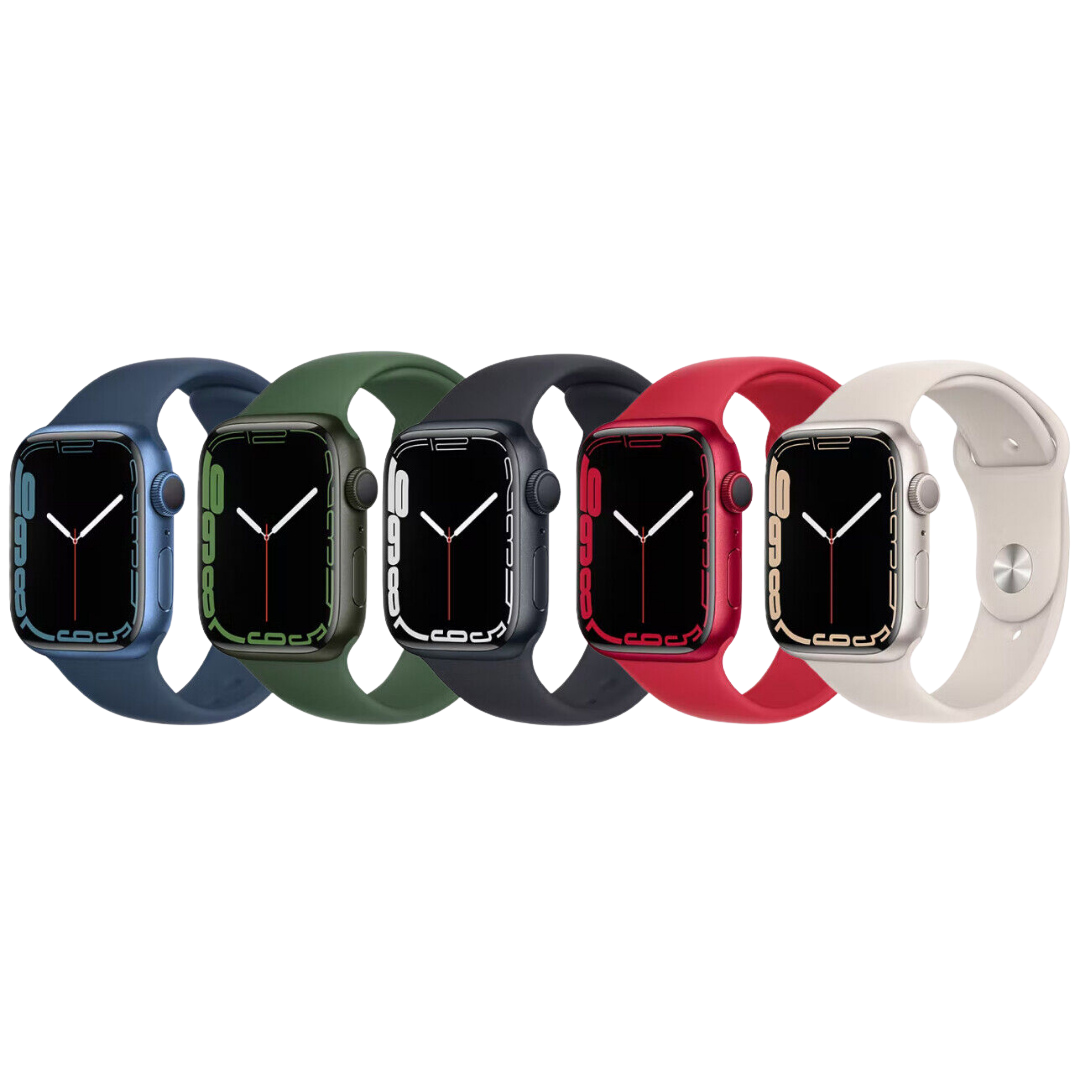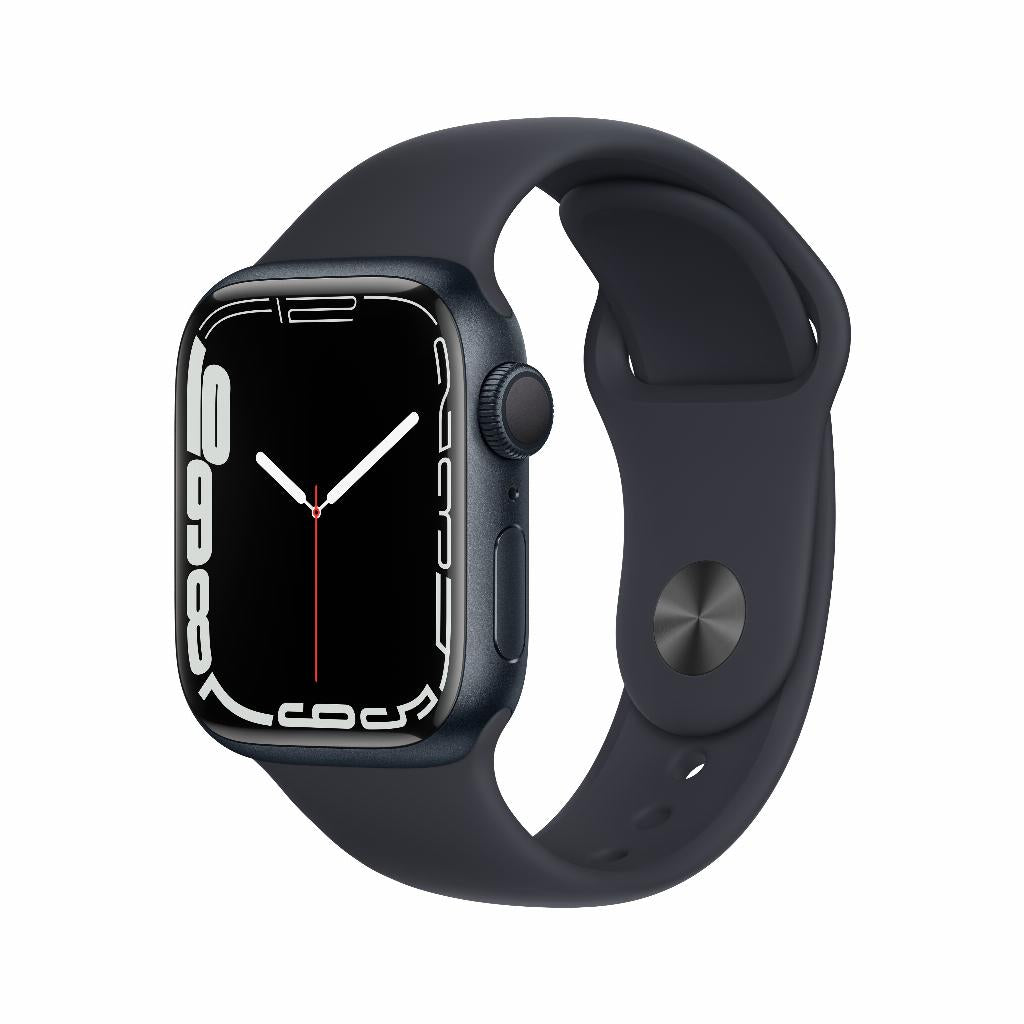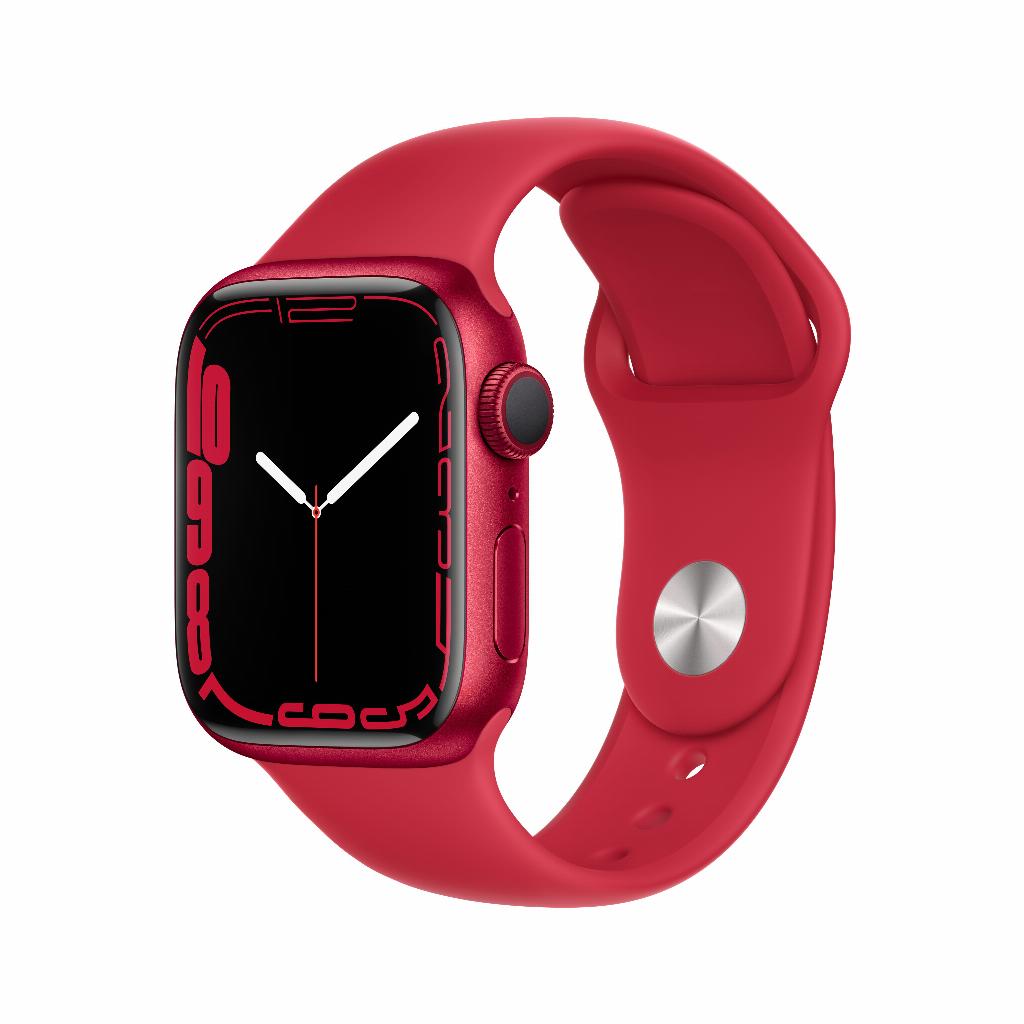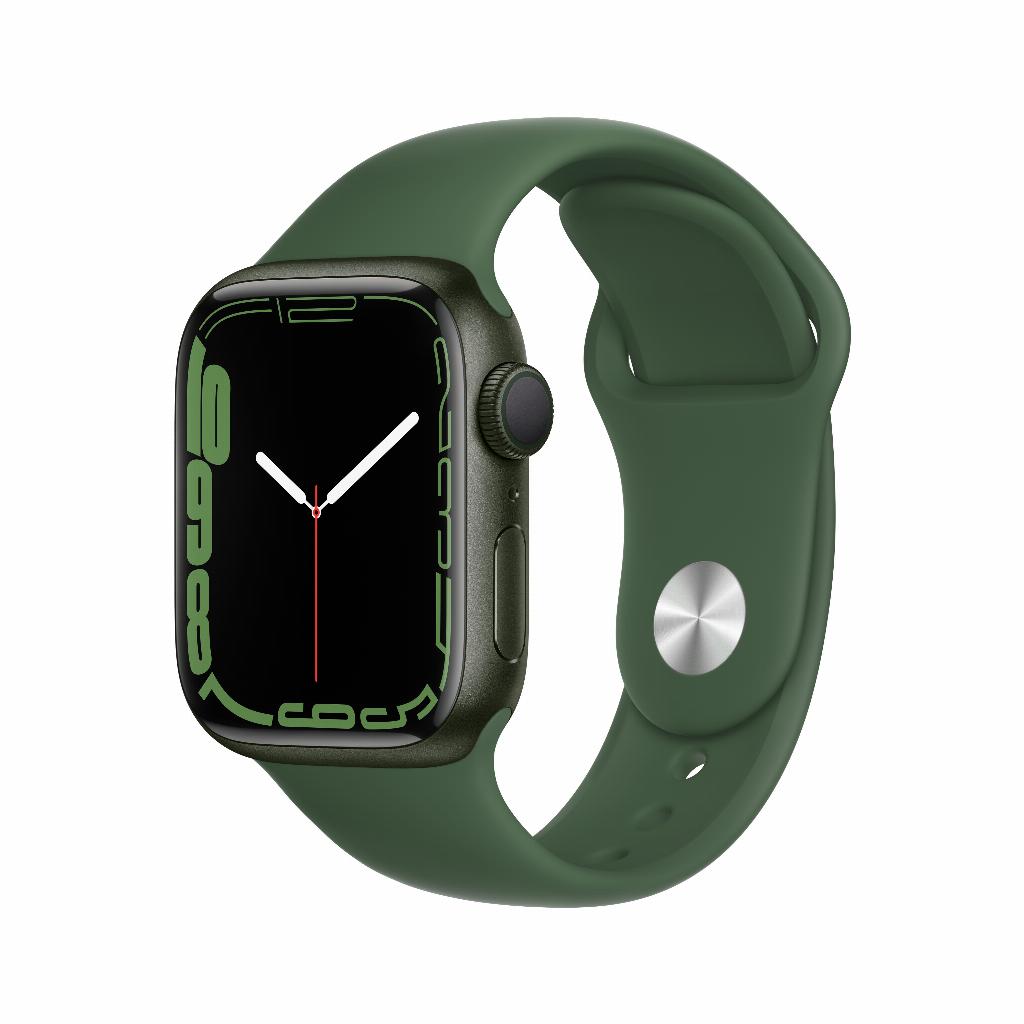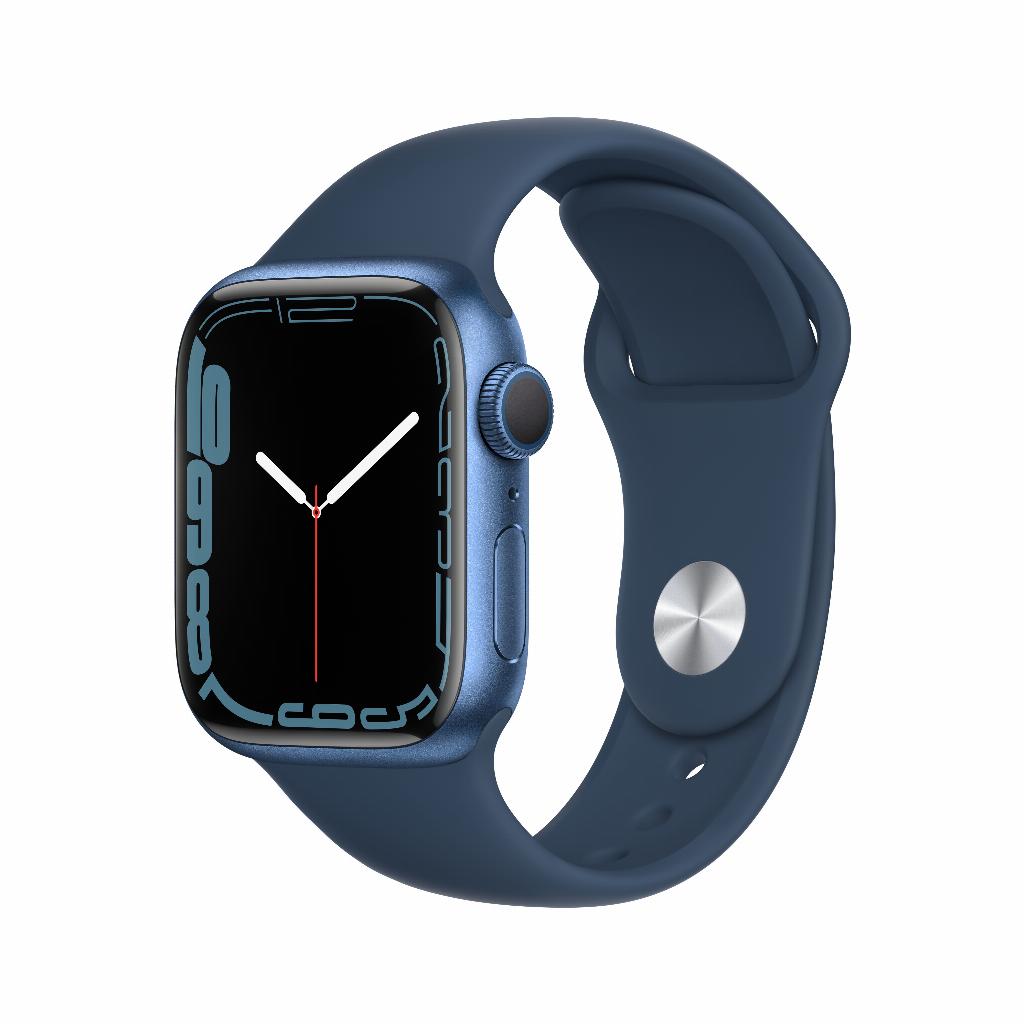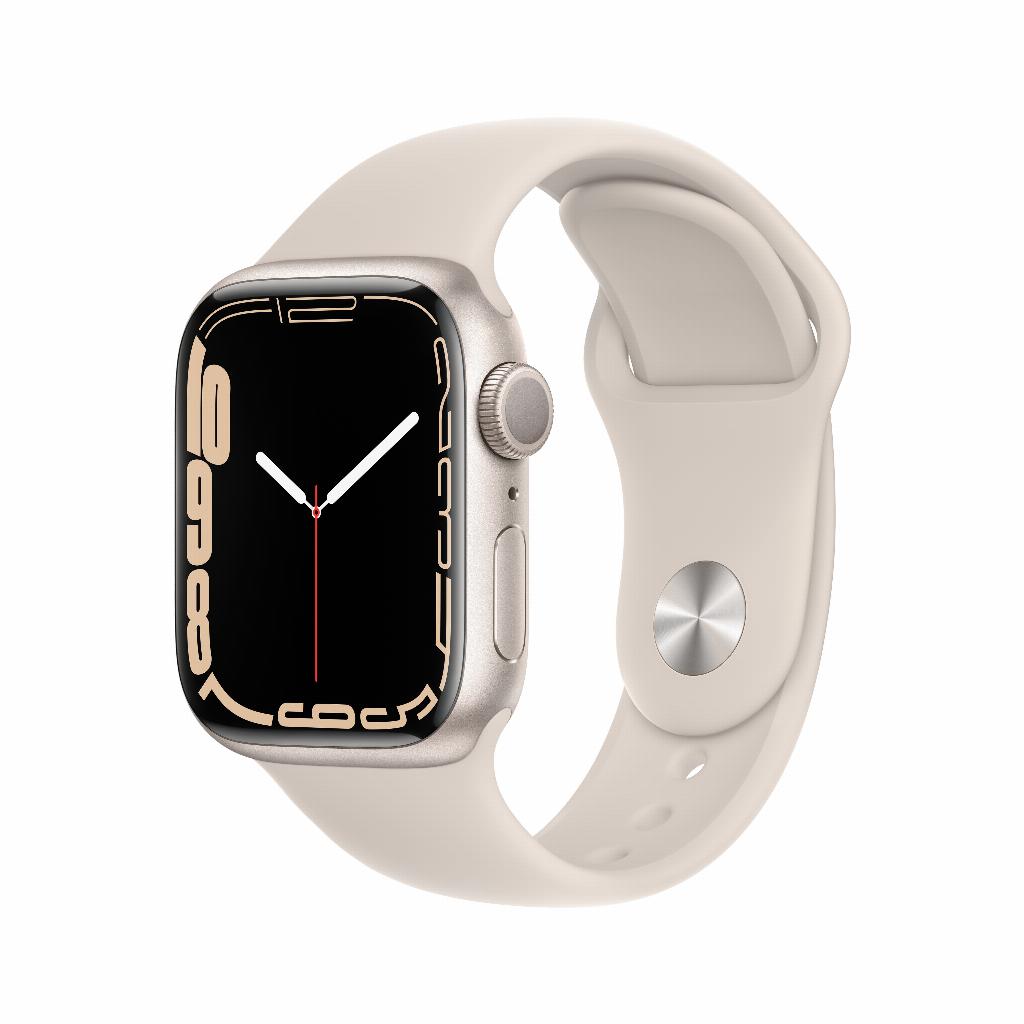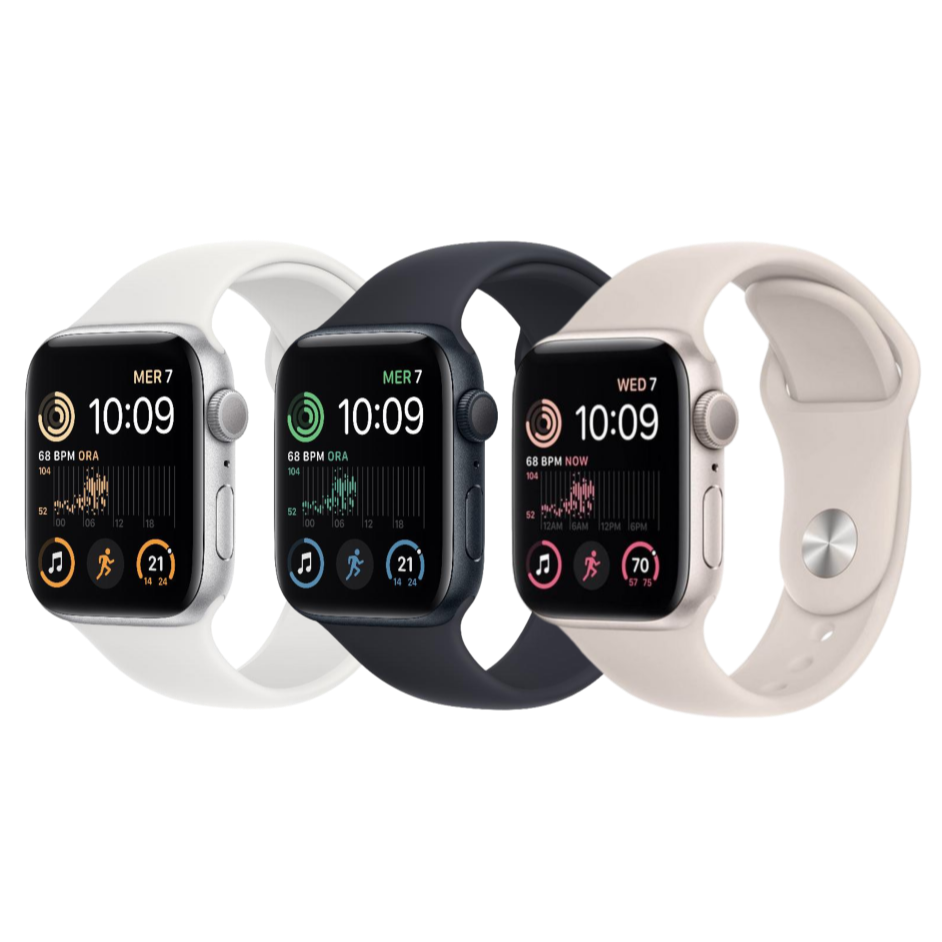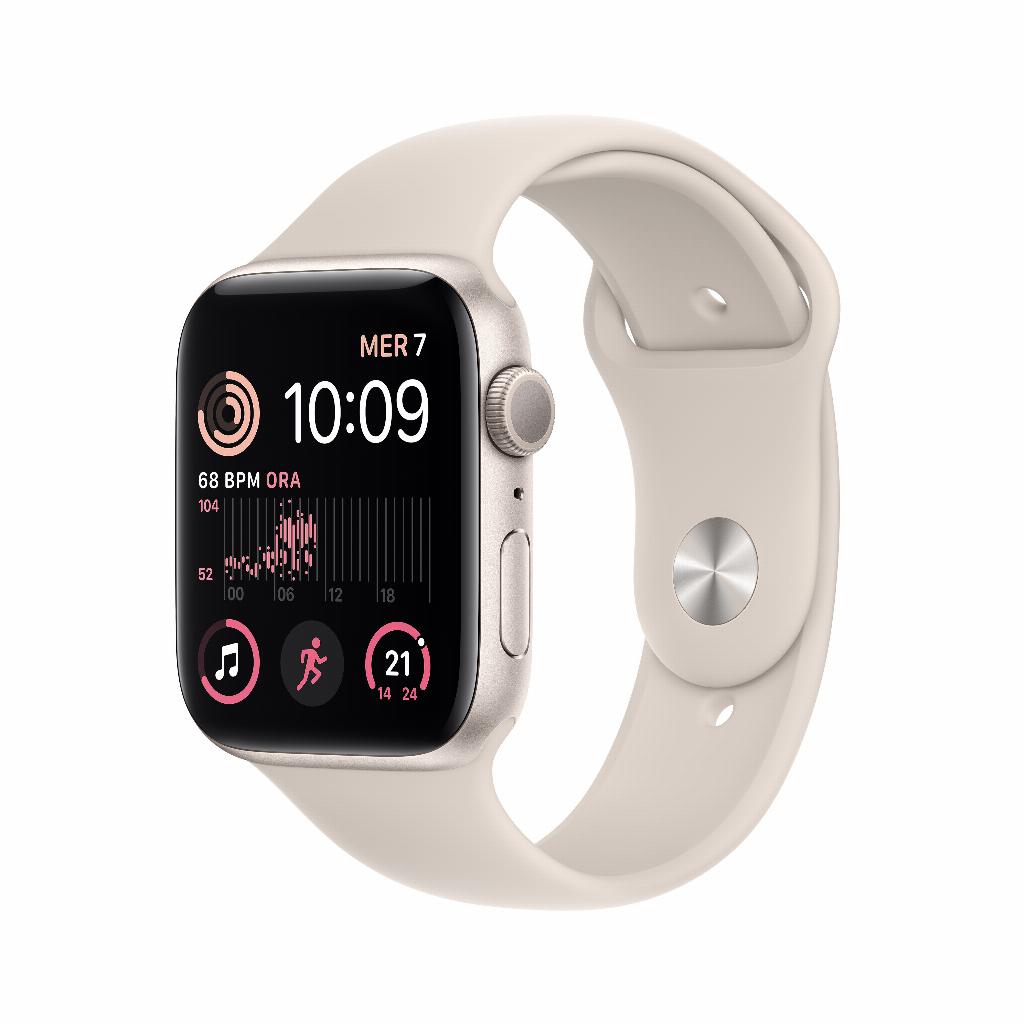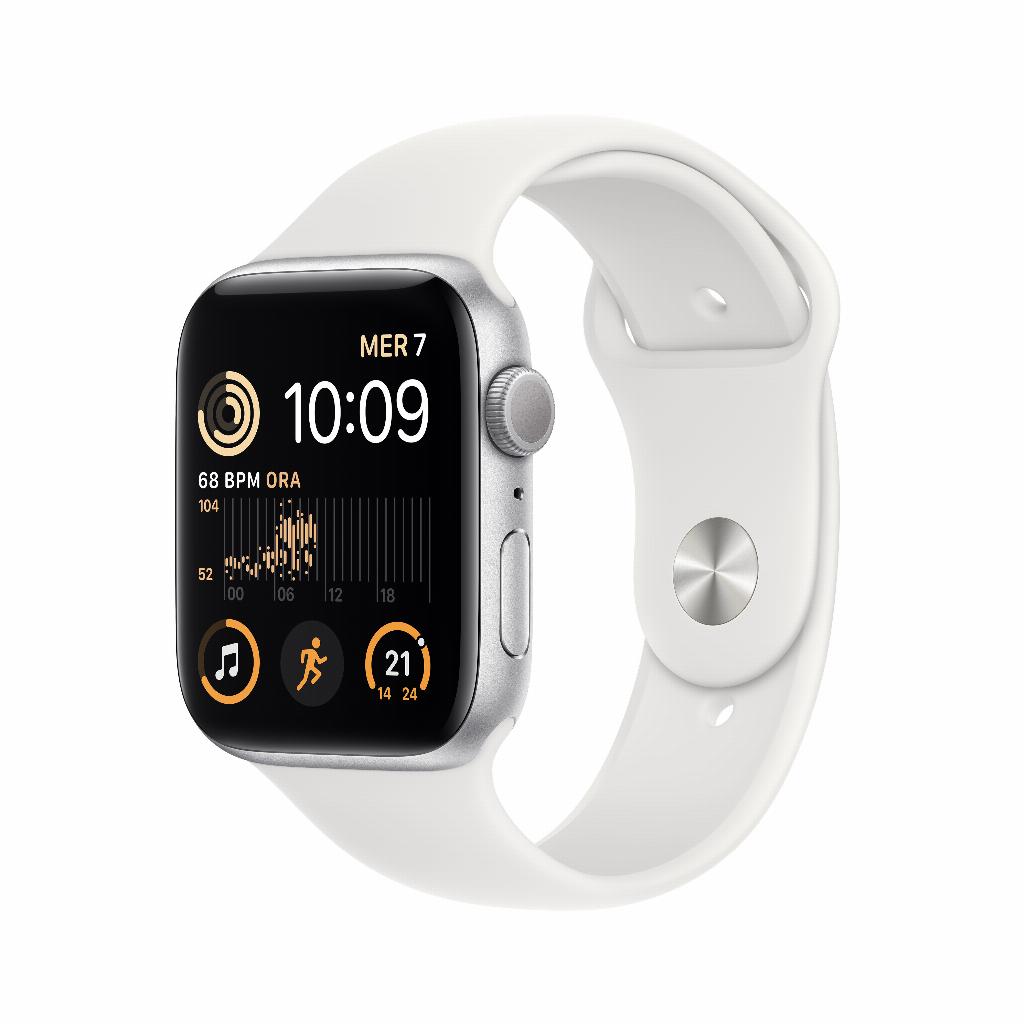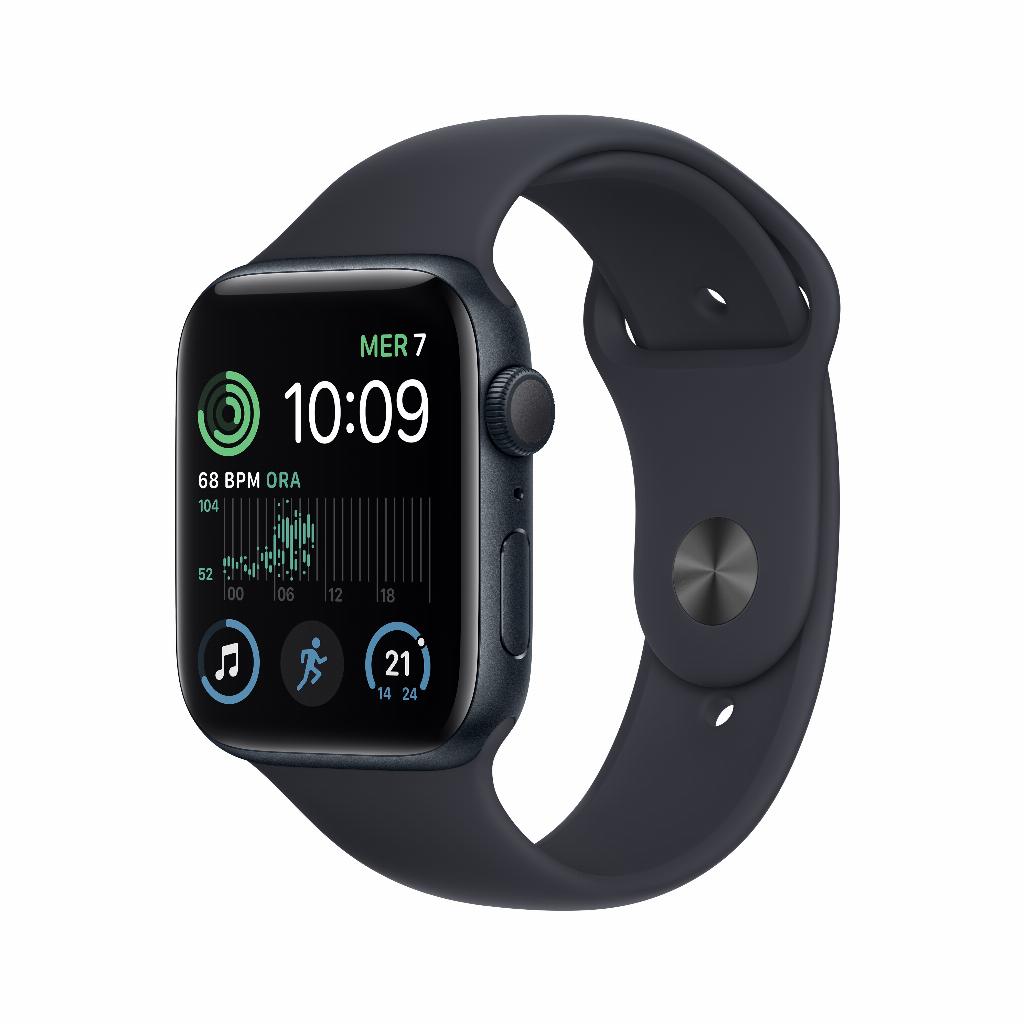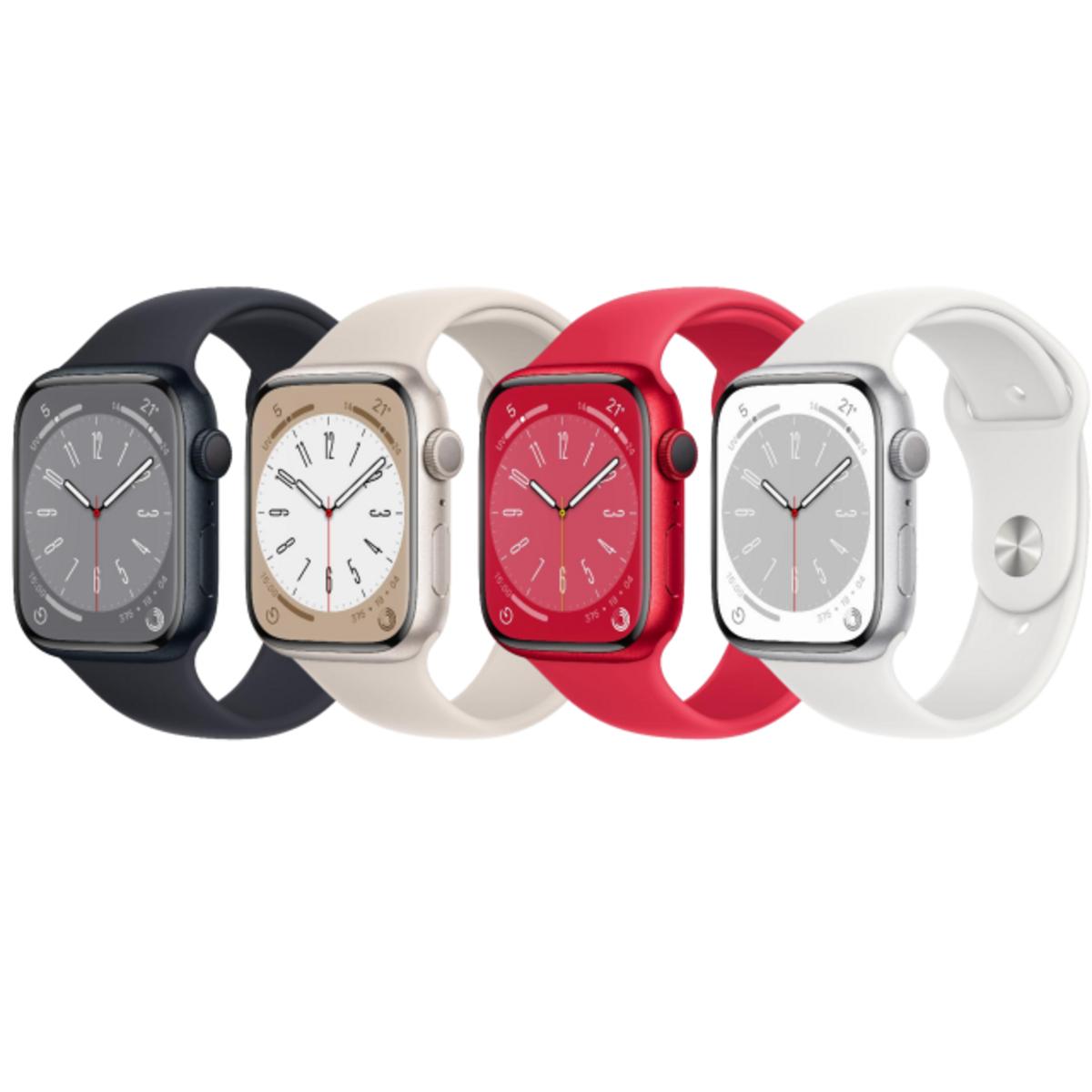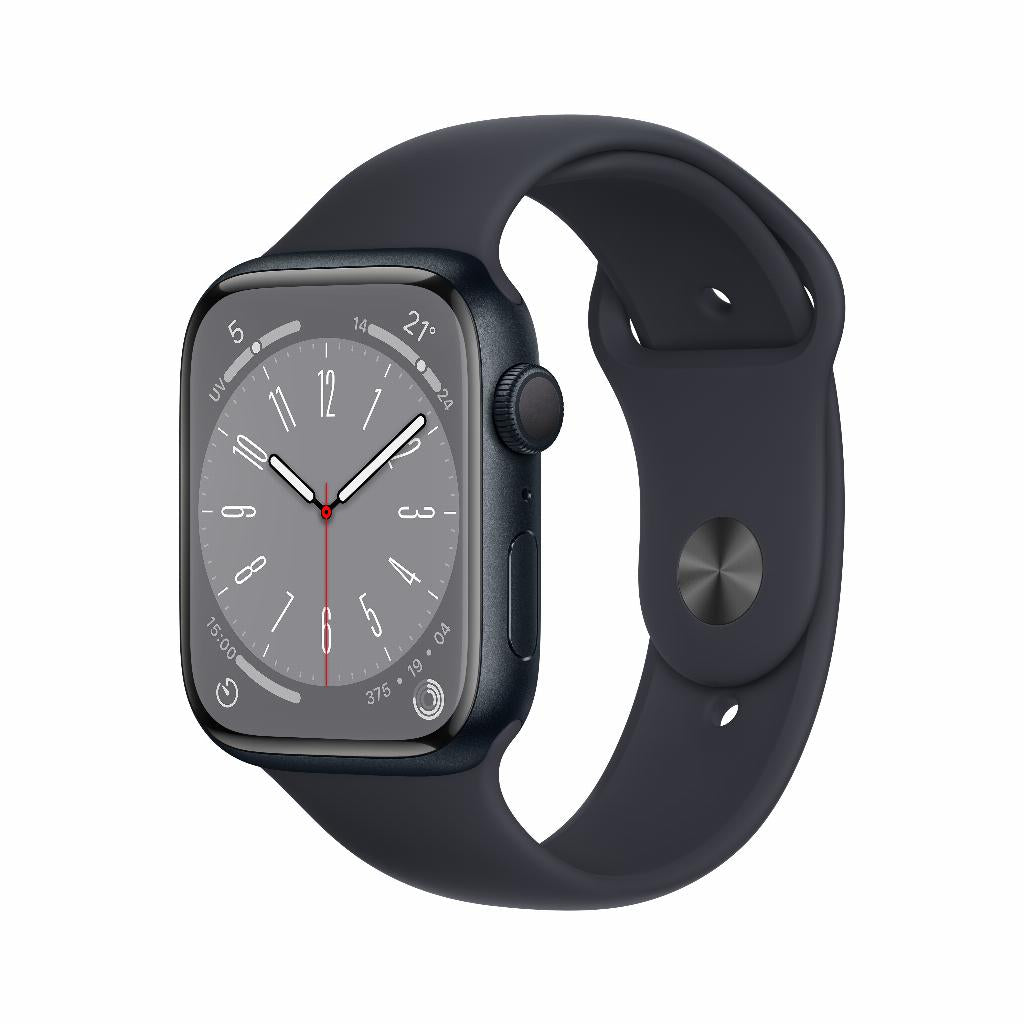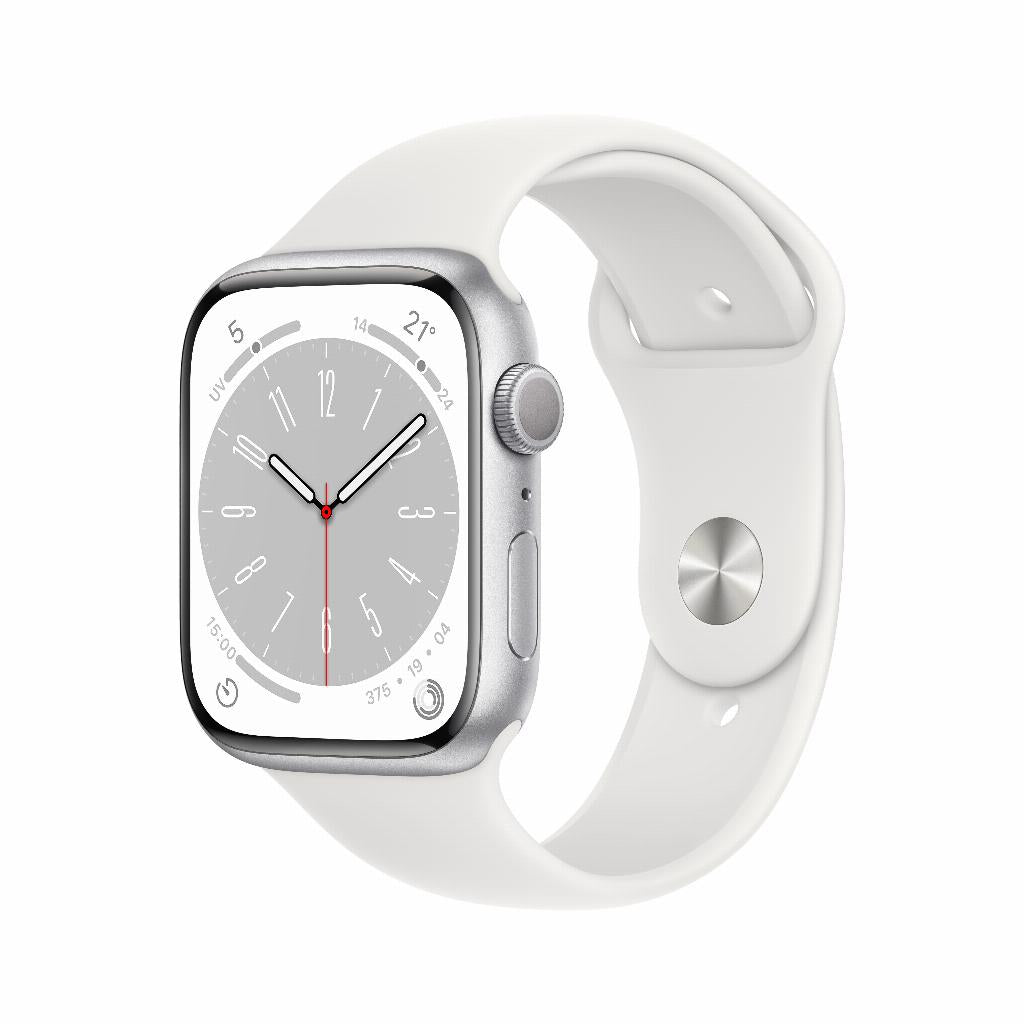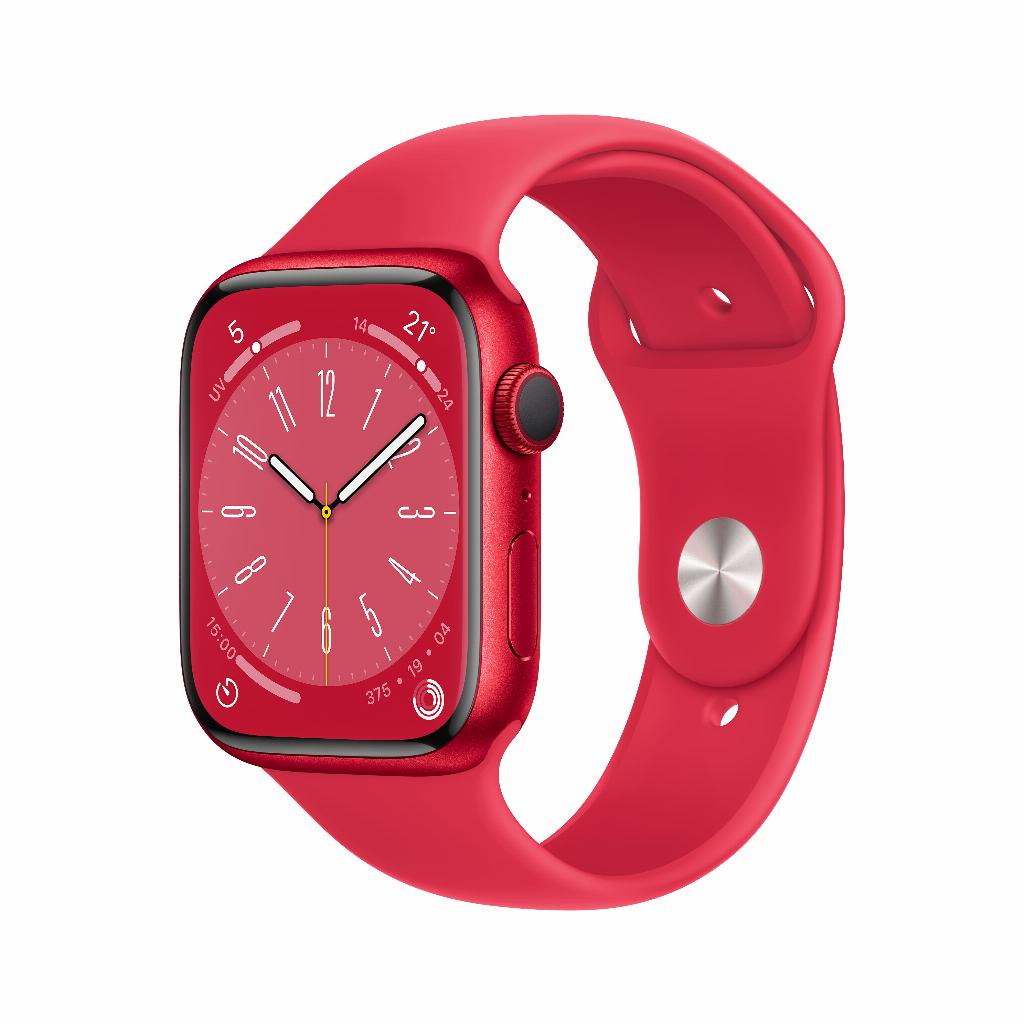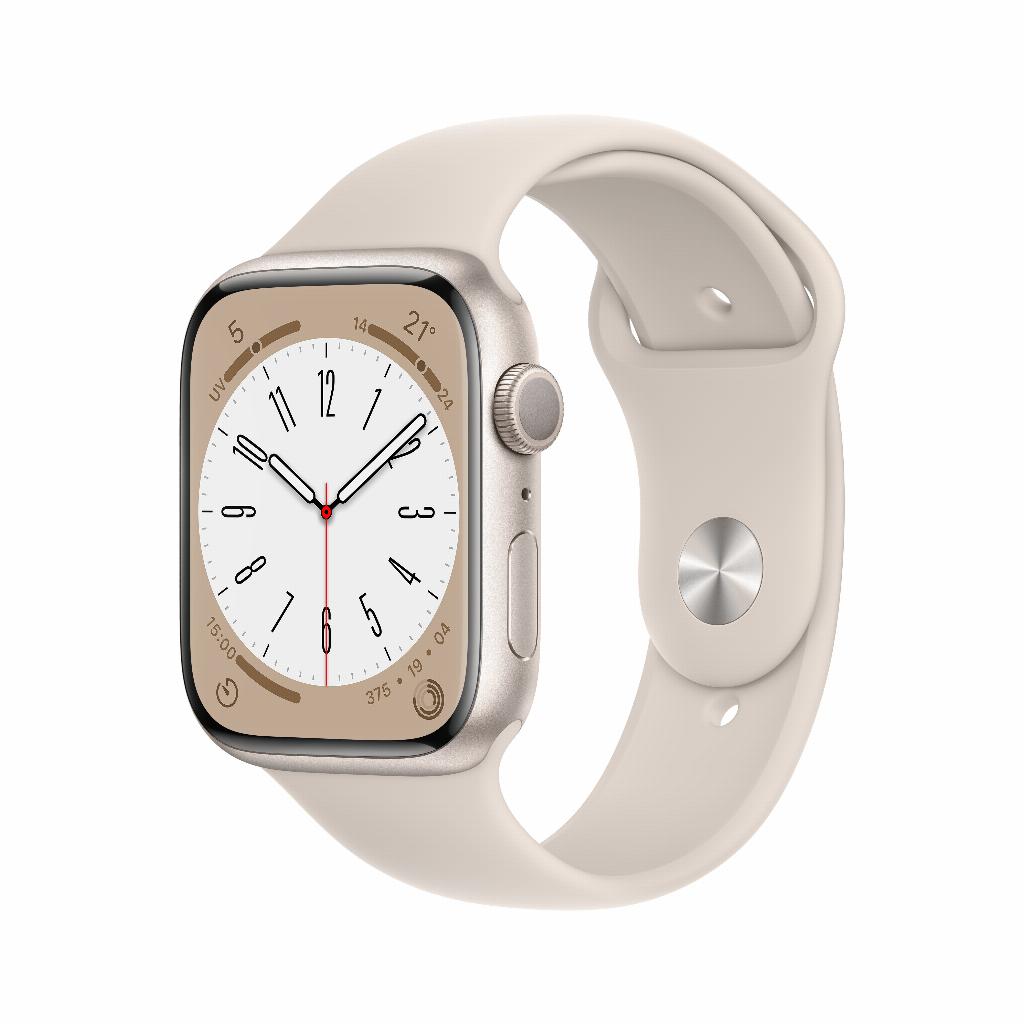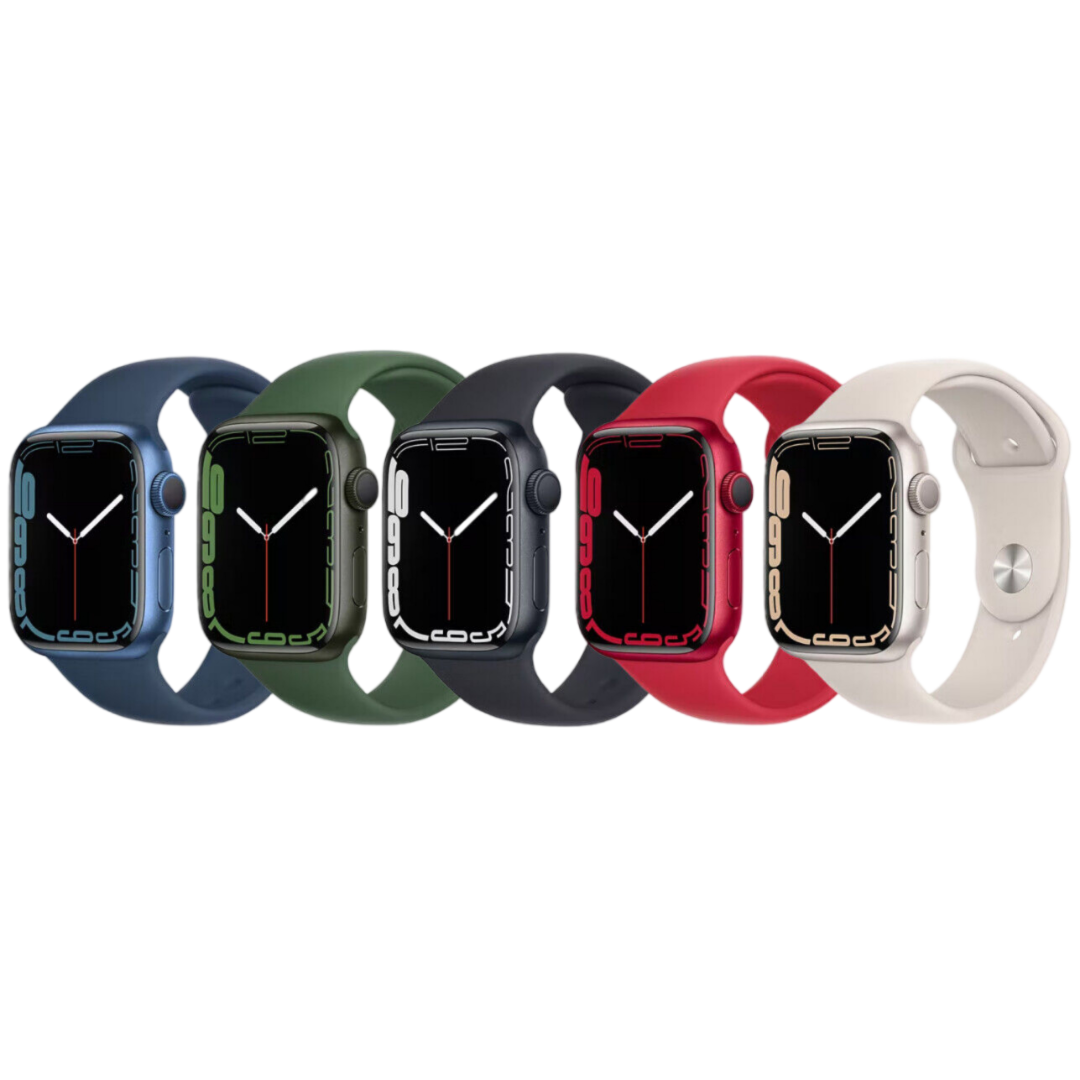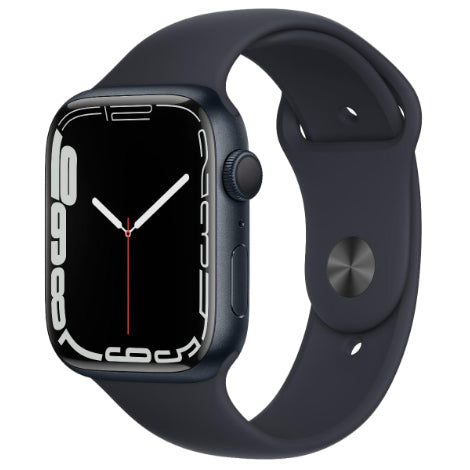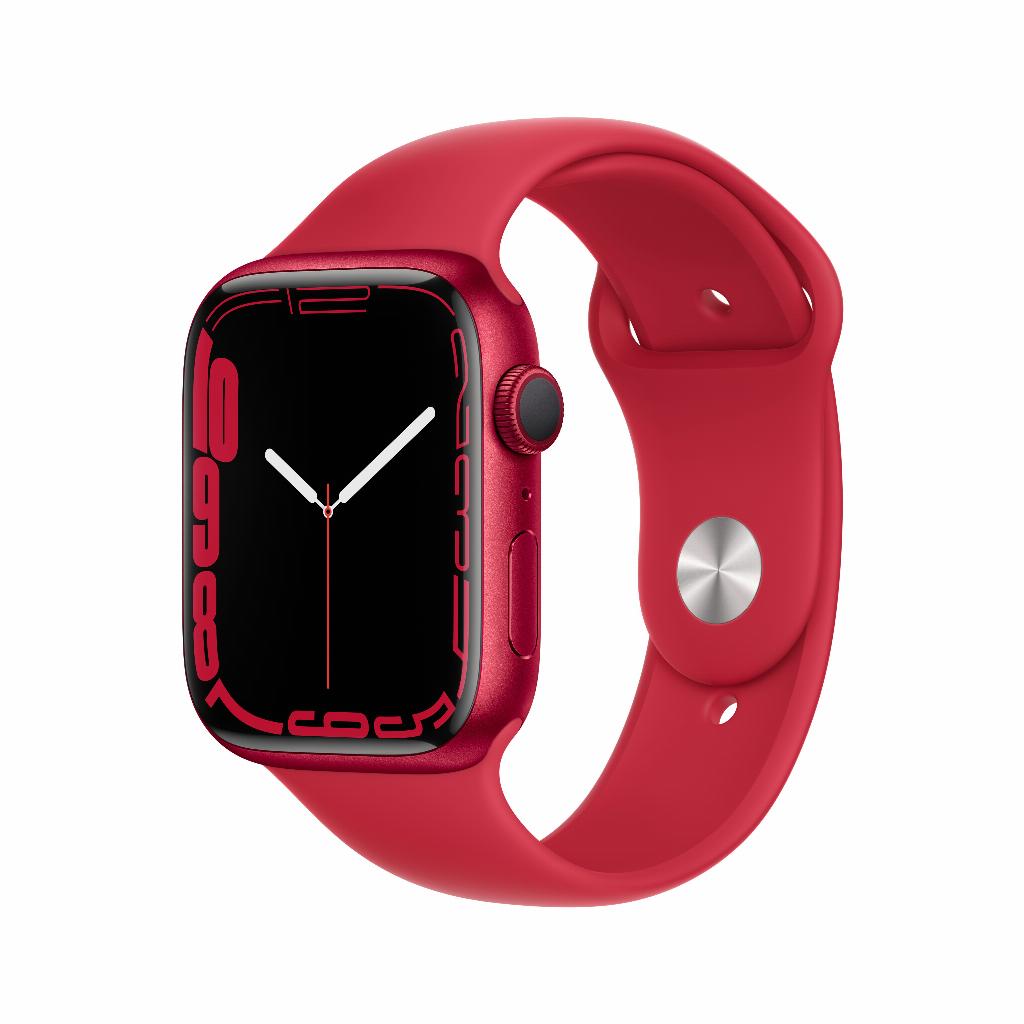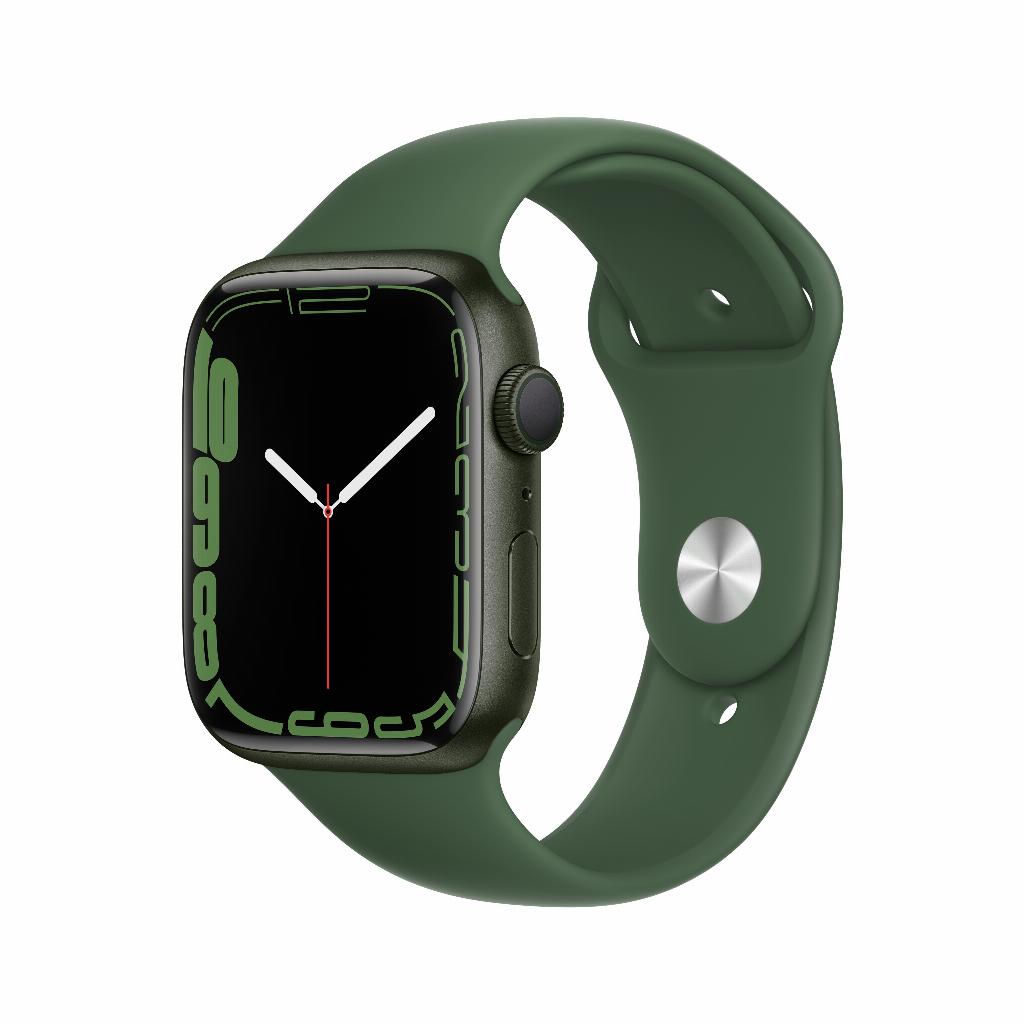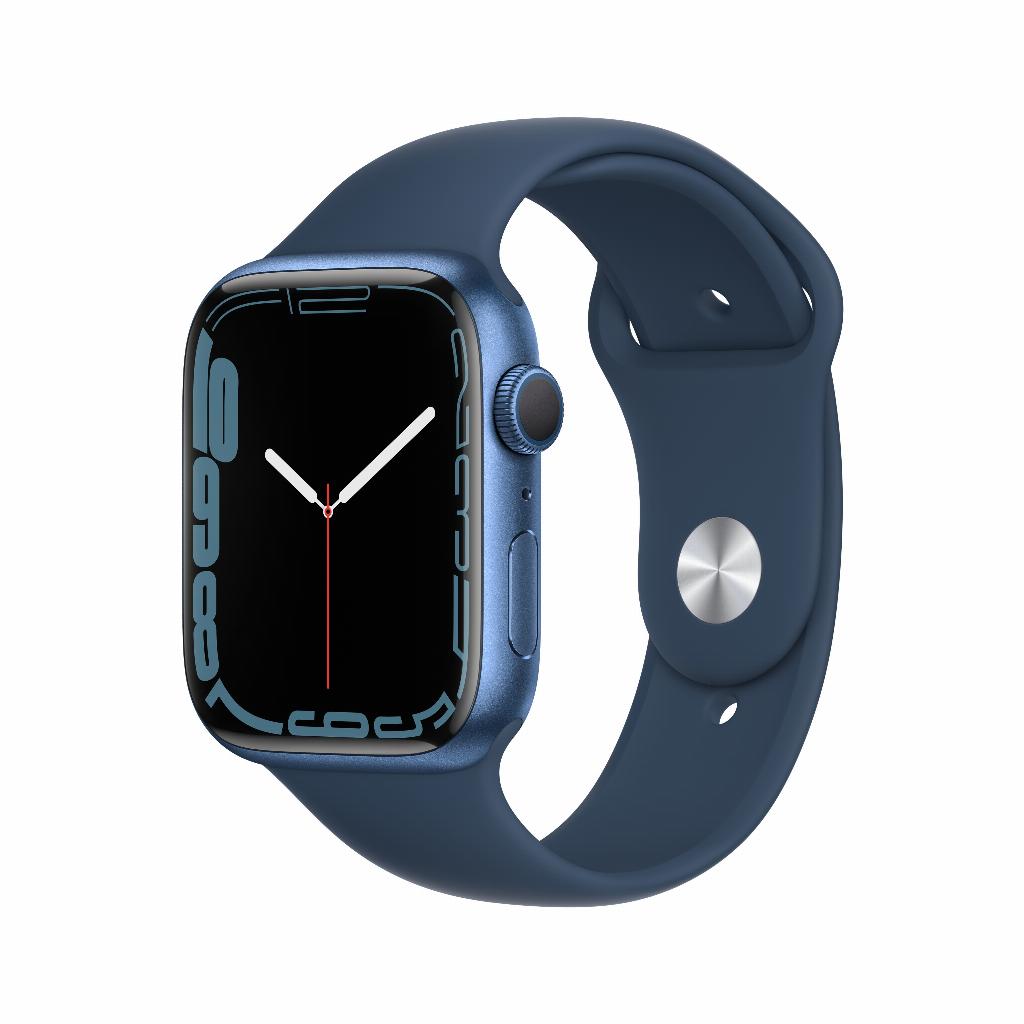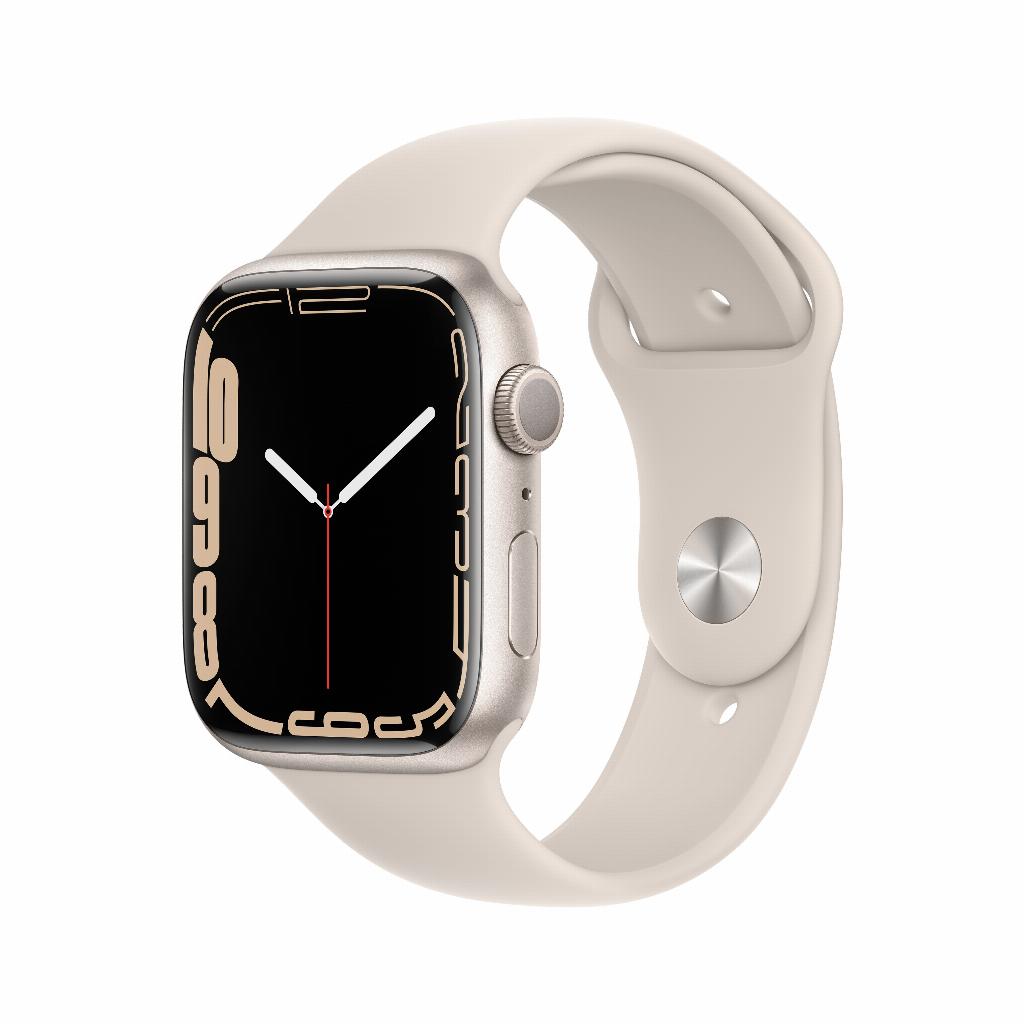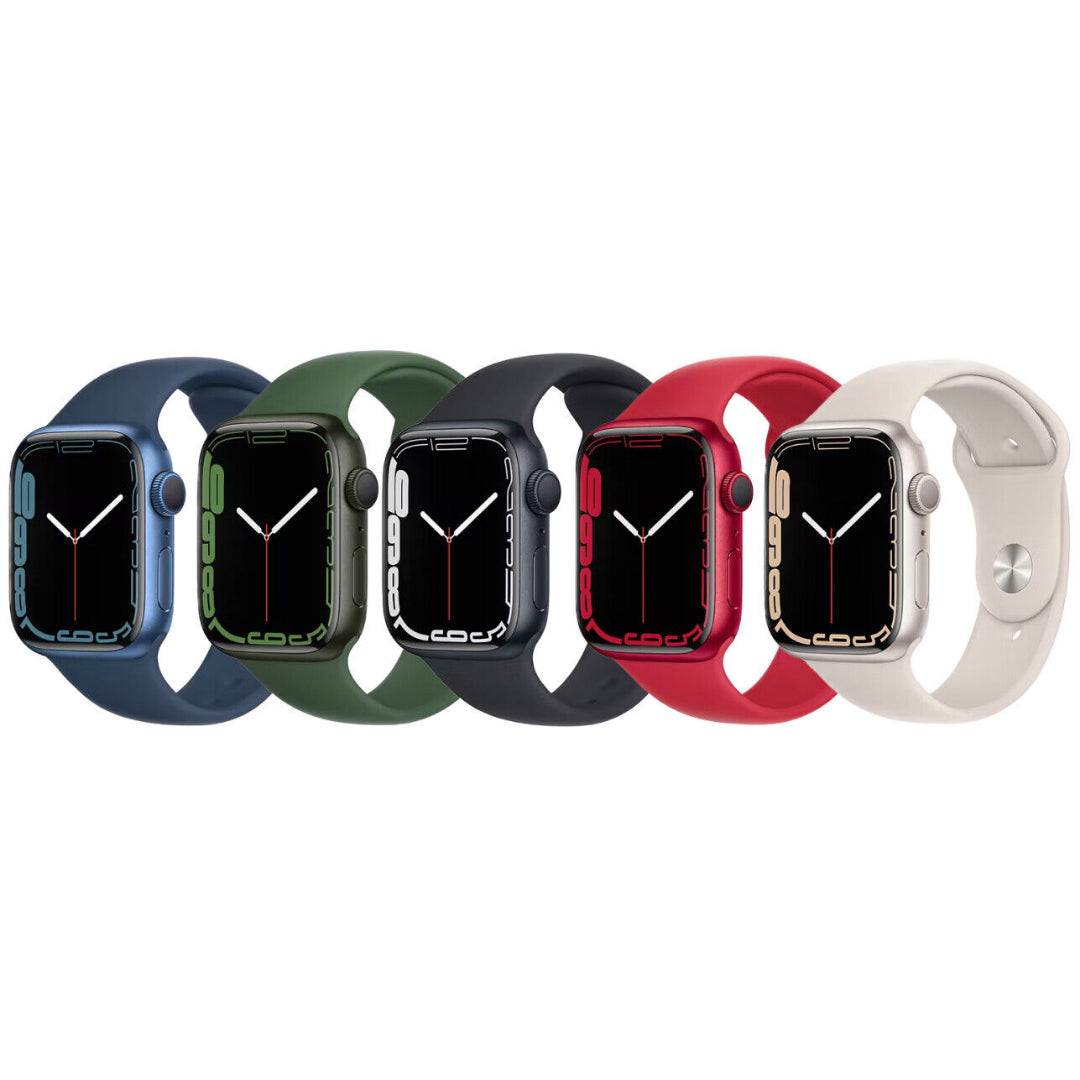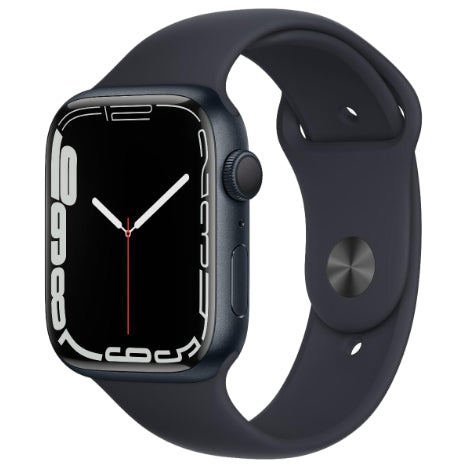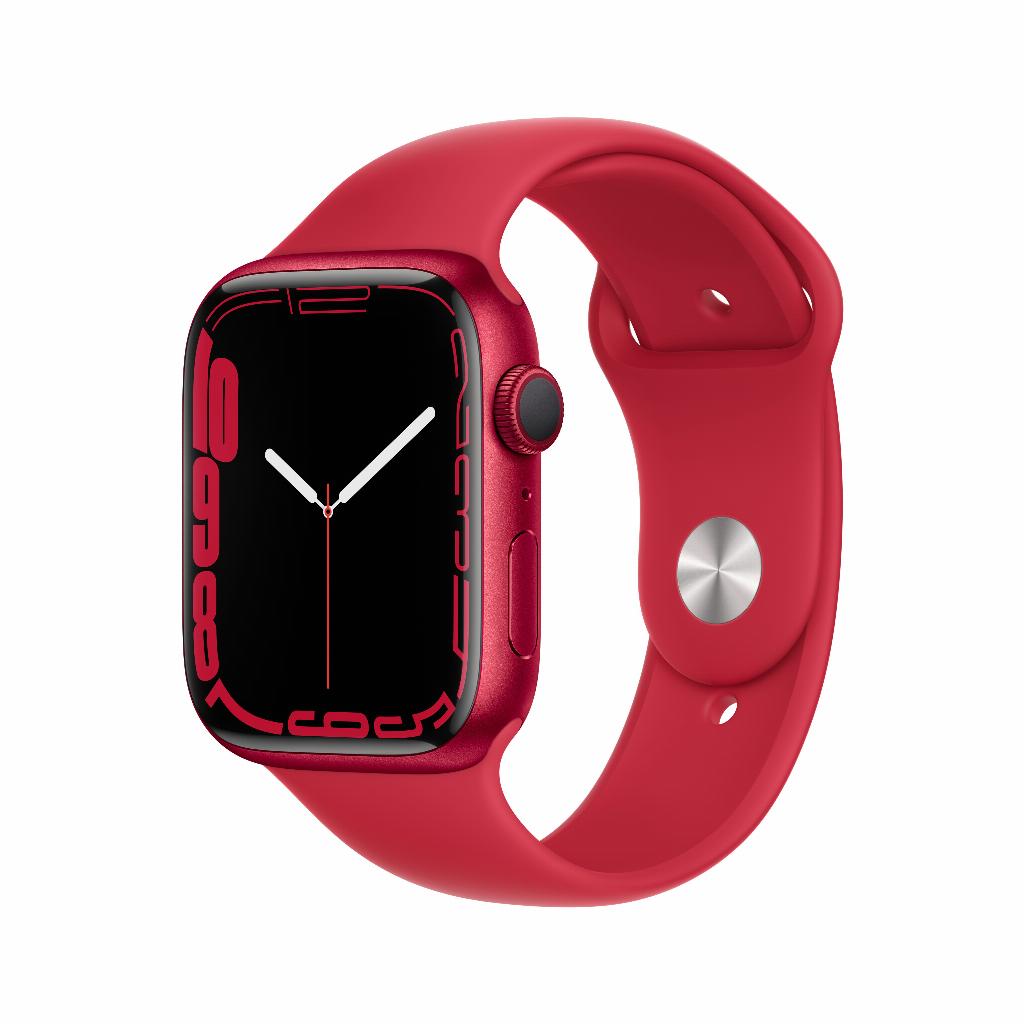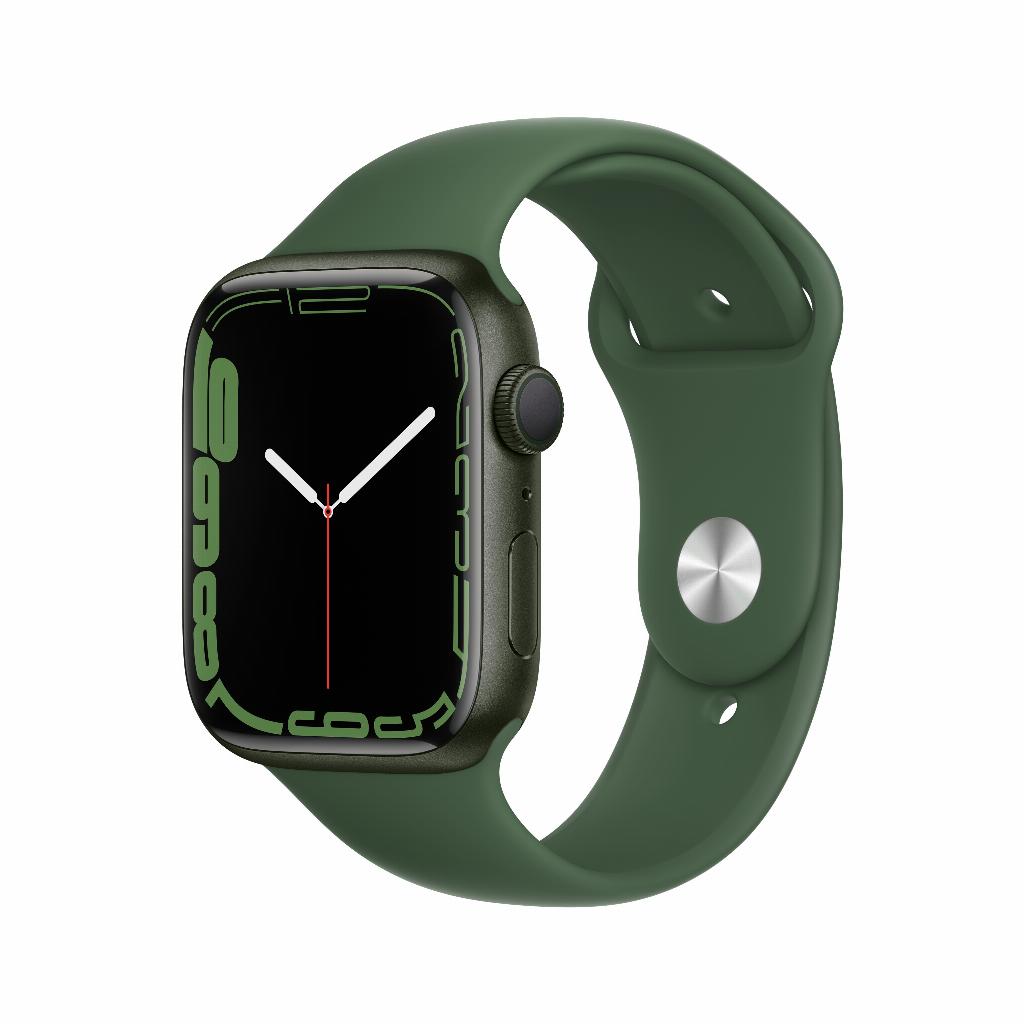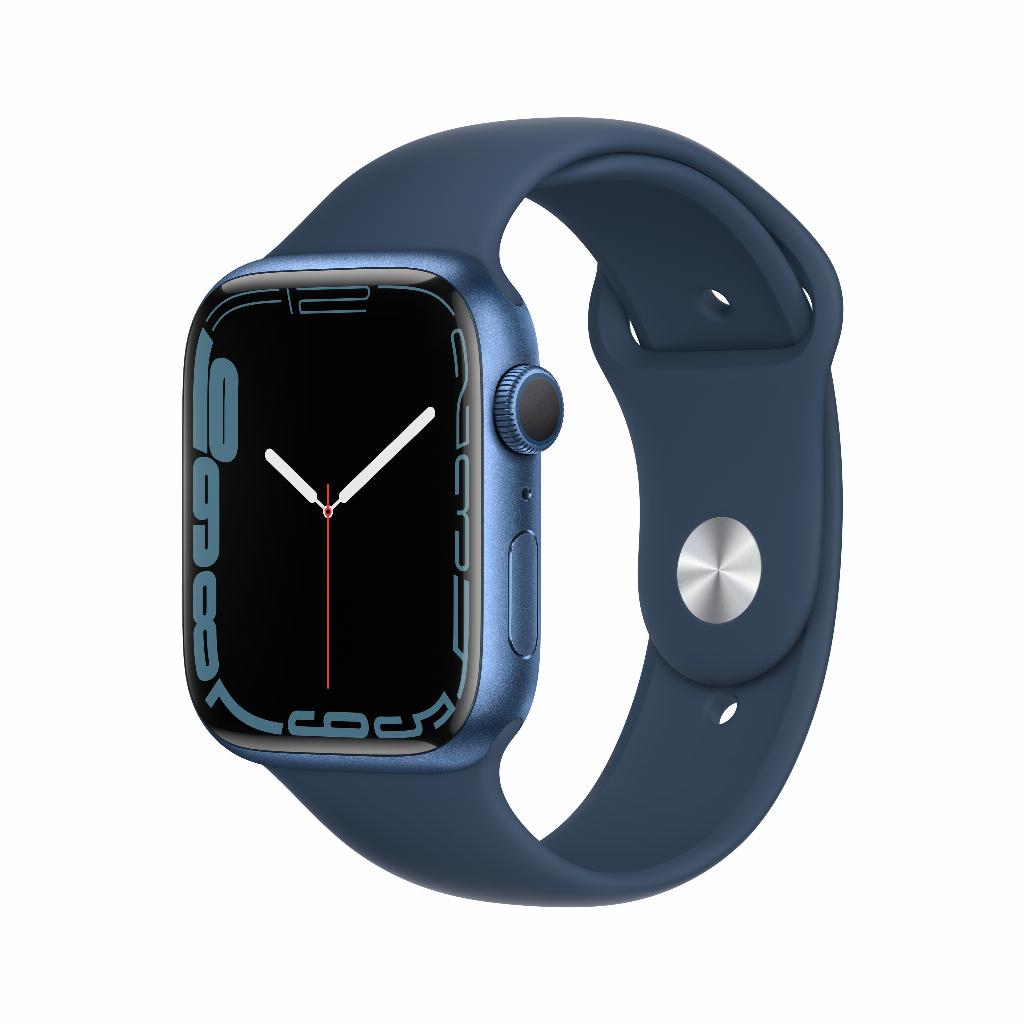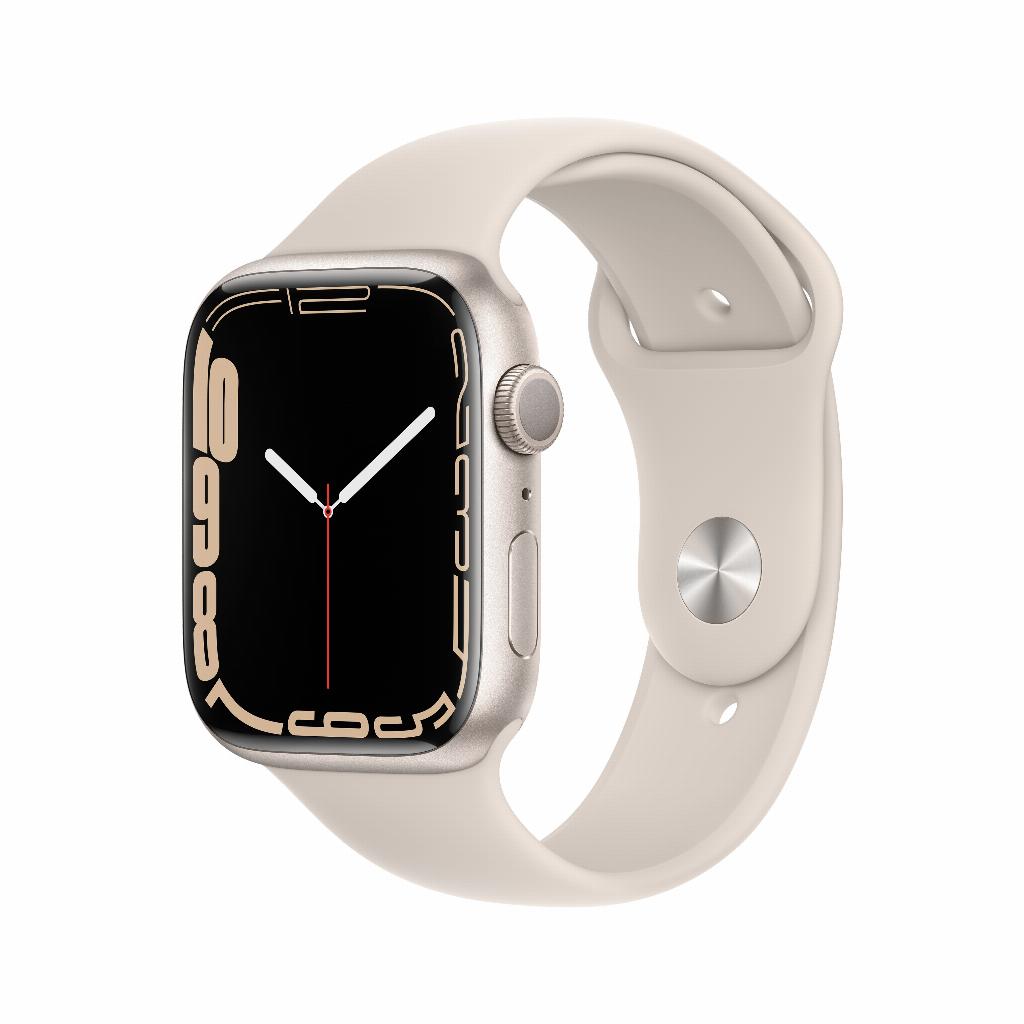Which Apple Watch is right for you?
Too much choice. Series 3, 4, 5, 6, SE. Different prices, features, specs. You want an Apple Watch, but which one? The salespeople talk about ECGs, always-on displays, and S6 chips. You nod politely, but you really have no idea what you need.
Yet the choice is surprisingly simple. Because what almost no one tells you: 80% of users don't care which model they choose. They primarily use their Apple Watch for notifications, step counts, and checking the time. Just like you use AirPods primarily for listening to music, not for all those fancy noise-canceling features.
The real difference lies in one simple question no one asks. And if you answer it, the right choice—including the accessories —will naturally fall into place.
Useful links
- View all refurbished Apple Watch models
- Apple Watch Series 8 collection
- Combine with a refurbished iPhone
Asking the right question
Choosing an Apple Watch comes down to one key question: what will you really use it for? Most people think they need all the features, but in practice, 80% of owners use their smartwatch for basic tasks. Checking notifications, counting steps, telling the time, and perhaps tracking a workout. For these daily tasks, even an older Series 3 is more than sufficient.
Yet, salespeople keep harping on the latest features. An ECG function sounds impressive, but how often do you actually measure your ECG? The always-on display on newer models is convenient, but raising your wrist to see the time quickly becomes automatic. The choice only becomes clear when you're honest about your usage habits.
Comparison of the main models
The Apple Watch Series 3 remains a solid entry-level model. This watch features GPS, water resistance up to 50 meters, and a bright Retina display. For basic functions like activity tracking, heart rate monitoring, and notifications, this model is perfectly adequate. The only downside: the 8GB of storage can feel tight with intensive app use.
With the Series 4, Apple introduced a larger screen in the same size. The display extends to the edges, making information easier to read. The addition of fall detection and an ECG function makes this model attractive for older users or those with health concerns. The processor is noticeably faster than that of the Series 3, which is especially noticeable when opening apps.
The Series 5 adds the always-on display. The screen dims when your wrist is resting, but remains readable. Practical during meetings or sports activities where you don't want to constantly turn your wrist. The built-in compass is handy for hikers and runners exploring new routes.
Newer generations
The Series 6 introduced a blood oxygen monitor, a feature that became especially relevant during the pandemic. The screen is 2.5 times brighter in direct sunlight compared to the Series 3. The faster S6 chip ensures smooth animations and fast loading times. This model also charges 20% faster than its predecessors.
The Apple Watch SE positions itself as the golden mid-range model. It combines the processor of the Series 5 with the large screen of the Series 4, but omits more expensive features like ECG and an always-on display. For many users, it's the ideal compromise between price and performance.
Practical considerations when making your choice
Battery life remains a concern for all models. Expect to charge it daily, regardless of which version you choose. Newer models last a little longer, but the difference is marginal. Only by disabling the always-on display will you noticeably improve battery life.
The choice between GPS and cellular is more important than the model itself. With a cellular version, you can make calls, send messages, and stream music without a phone. Handy for runners who want to leave their iPhone at home. It does cost a monthly subscription with your carrier, usually around 5 euros.
Bands have been universally interchangeable between all models since the first generation. A Series 3 Sport Band fits perfectly on a Series 8. This makes upgrading more attractive, as you can keep your existing accessories.
Specific use cases
For athletes, heart rate zones and GPS tracking are essential. These features are standard from Series 3 onwards. Swimmers should pay attention to water resistance: all models from Series 2 onwards are suitable for pool use. Newer models automatically detect your stroke and count laps.
Business users especially appreciate the notification features and calendar integration. Quickly replying to messages via suggested replies or dictation works equally well on all models. The Walkie-Talkie function for quick voice messages is available from watchOS 5 onwards, so it's also available on older hardware.
Health monitoring is becoming more comprehensive in newer models. The ECG function detects irregular heart rhythms, and the blood oxygen monitor warns of low levels. However, for people without specific health problems, these are nice-to-haves, not must-haves.
Refurbished as a smart option
A refurbished Apple Watch offers the same functionality as a new one, but at a lower price. These watches have been professionally inspected, repaired where necessary, and come with a warranty. The battery is frequently replaced, so the battery life is comparable to that of a new watch.
The price difference can be up to 40% compared to new. For a Series 5 or 6, this means a savings of hundreds of euros. Minor signs of wear on the casing are usually minimal and unnoticeable under a case or strap.
Making the decision
Start by determining your budget. For under €200, you'll find excellent refurbished Series 3 and 4 models. Between €200 and €400 are the Series 5, 6, and SE. Above €400, you'll be looking at newer generations or brand-new models.
Next, consider which features you'll actually use. Basic fitness tracking? A Series 3 is sufficient. Regularly exercising with music but without a phone? Choose a cellular model from the Series 4. Interested in health monitoring? Then the Series 4 with ECG is an interesting option.
If possible, test different models in a store. The difference in screen size between 40mm and 44mm (or 38mm and 42mm for older models) is significant. People with narrower wrists often prefer the smaller size, while the larger screen offers better readability.
Consider the future, too. Software updates remain available for about five years. A 2017 Series 3 is nearing the end of its support life, while a Series 5 will still last for years. For long-term use, investing in a more recent model is worthwhile.
Making the right choice
There's no such thing as the perfect Apple Watch, but there is one that's right for you. For most users, a refurbished Series 4 or 5 will suffice – you get all the essential features without breaking the bank.
Don't be tempted by features that sound impressive but you'll probably never use. Just choose the model that fits your budget and daily routine . Because ultimately, the best smartwatch is the one you actually wear, not the latest model sitting unused in a drawer.


